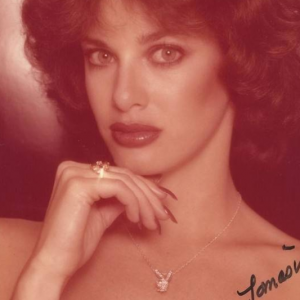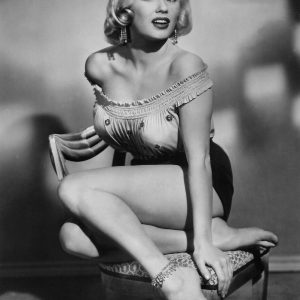There was a time when homes were adorned with charming, tactile inventions that shaped daily life. One such item was the push-button light switch, a simple yet innovative device that symbolized modernity in the early 20th century. These switches were more than just functional; they represented elegance, progress, and the electrification revolution. Today, they stand as relics of a bygone era, bringing nostalgia to vintage enthusiasts and homeowners alike.
The Birth of Modern Convenience
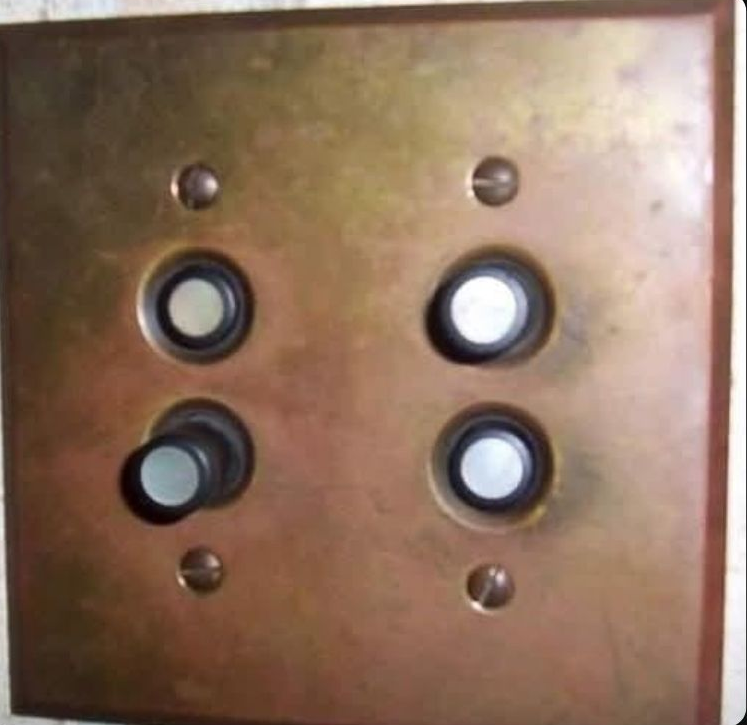
The push-button light switch first emerged in the early 1900s when electric lighting was becoming a standard feature in urban homes. Before that, gas lamps and manual pull-chain switches were the norm. The push-button design was revolutionary for its time, replacing the awkwardness of chains with a sleek and elegant solution that allowed homeowners to control lighting with just the press of a button.
This design was practical yet sophisticated. Typically made from durable materials like bakelite or porcelain, the buttons were mounted on brass or steel plates, blending seamlessly into the décor of the time. As homes transitioned to electrical lighting, these switches became synonymous with progress and the convenience of modern living.
A Design Ahead of Its Time
What made the push-button light switch so unique was its dual functionality. Each set of buttons had two purposes—one button turned the light on, while the other turned it off. This intuitive design appealed to homeowners because it simplified lighting control and eliminated the need for cumbersome pull cords or chains.
Architects and interior designers of the era favored push-button switches not only for their practicality but also for their aesthetic appeal. The brass plates, often polished to perfection, became an elegant addition to any room. In some upscale homes, these switches were adorned with intricate detailing, showcasing the artistry of early electrical manufacturers.
The Golden Era of Push-Button Switches
The peak of the push-button light switch spanned from the 1910s to the 1940s. During this time, electricity was no longer a luxury—it was a necessity. Push-button switches were widely used in homes, offices, schools, and even industrial buildings. They were robust and built to last, with many surviving decades of wear and tear.
In the 1920s, manufacturers began experimenting with illuminated push-button switches. These versions had small indicator lights, usually made of mica or colored glass, which glowed faintly when the light was off. This innovation made it easier to locate switches in the dark—a small but significant improvement that cemented their popularity.
Cultural Impact and Historical Significance

The push-button light switch became more than just a household item; it became a symbol of progress. It featured prominently in advertising campaigns for new homes and electrical upgrades. Families proudly showcased their push-button switches as proof that their home was at the cutting edge of modern living.
During the Great Depression, push-button switches were often reused or salvaged from demolished buildings, a testament to their durability and value. In World War II, they became part of the war effort, as their brass plates and other components were repurposed for military use.
The Decline and Resurgence
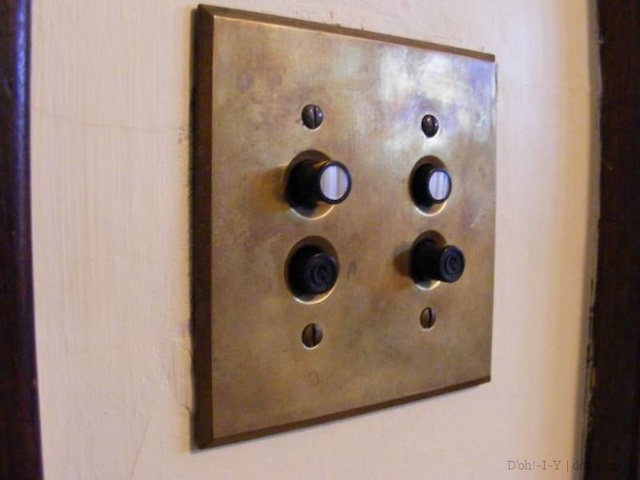
By the mid-20th century, the popularity of the push-button light switch began to fade. The toggle switch, introduced in the 1940s, offered a more compact and cost-effective design, leading many manufacturers to phase out push-button models. By the 1960s, push-button switches had all but disappeared from new construction.
However, nostalgia has a way of bringing old designs back to life. In recent years, push-button switches have experienced a resurgence, particularly among homeowners restoring historic properties. Modern reproductions retain the vintage charm of the originals while incorporating updated electrical safety standards.
A Fascinating Anecdote
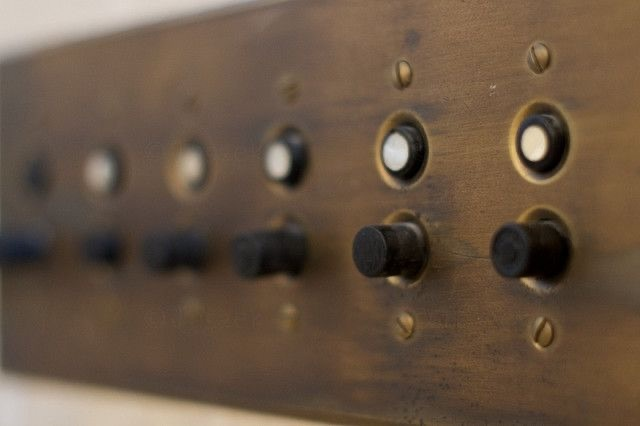
One of the most remarkable stories surrounding the push-button light switch occurred in the 1930s in New York City. A wealthy entrepreneur, fascinated by the elegance of these switches, commissioned a custom-made set for his mansion. The buttons were encrusted with semi-precious stones, and the brass plates were hand-engraved with floral patterns. This extravagant version of the switch became a conversation piece at his lavish parties, showcasing how even a simple utility could be transformed into a work of art.
Collecting Push-Button Switches Today
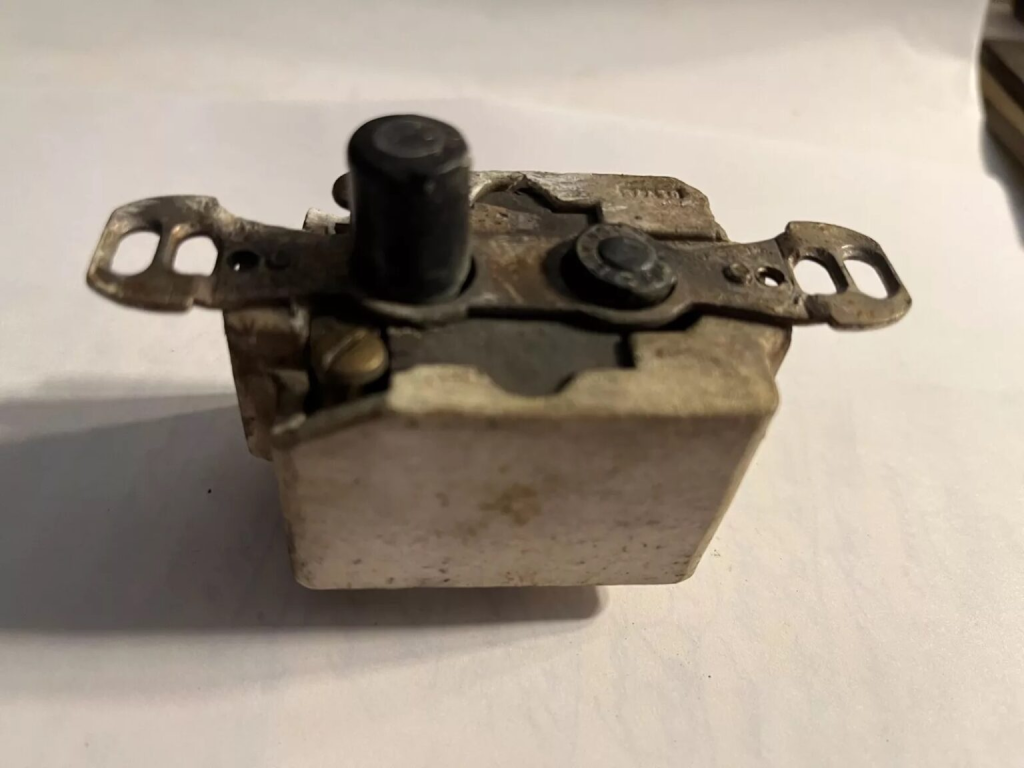
For antique enthusiasts and collectors, the push-button light switch is a coveted item. Original switches, especially those with ornate designs or unique features, can fetch high prices at auctions. Some collectors focus on finding switches from specific manufacturers, like Perkins Electric or Arrow Hart, whose designs were particularly iconic.
Restoration experts often search for these switches to preserve the authenticity of vintage homes. Modern homeowners, drawn to the timeless aesthetic, incorporate them into renovations, blending the past with the present in stunning ways.
Conclusion
The push-button light switch is a perfect example of how even the simplest items can hold immense historical and cultural value. It represents an era of transformation when electricity became an integral part of everyday life. Whether admired for its design, its durability, or its place in history, the push-button light switch remains a cherished relic of a bygone age—proof that innovation and elegance can go hand in hand.
So the next time you flip a light switch, take a moment to appreciate the history behind that action. Who knows? Maybe there’s a little piece of the past hidden in your home, waiting to light up your imagination.

